Top 10 Bed Bug Myths
Top 10 Bed Bug Myths
1. If Your House is Clean, You Won’t Have Bed Bugs
While keeping your house free of clutter, left-over food/crumbs, or general messes definitely helps to prevent most pest problems, not all pests are drawn to these conditions. Bed bugs don’t discriminate one home from another – no matter the cleanliness, they will infest any place they can travel to. 
2. Bed Bugs Aren’t a Big Problem Like They Used to Be
A pesticide known as DDT was once widely used to combat the vampiric bedtime pests. Bedbugs had been prevalent in the United States through the Second World War but were virtually eradicated using DDT. As such, they seemed to become a type of folklore with sayings like “sleep tight, don’t let the bed bugs bite,” being used frequently but without any actual substance to the verse. Starting in the late 1990’s the pests reemerged, however. DDT had been declared a dangerous pesticide as was found to be detrimental to the health of people and pets as well as having caused a lot of environmental damage. As such, it had been discontinued and while we were developing safer tactics, the resilient bloodsucking insects increased in population once again. Bed bugs are professional hitchhikers and are now rapidly spreading throughout the United States, breeding quickly, and becoming a massive infestation problem. 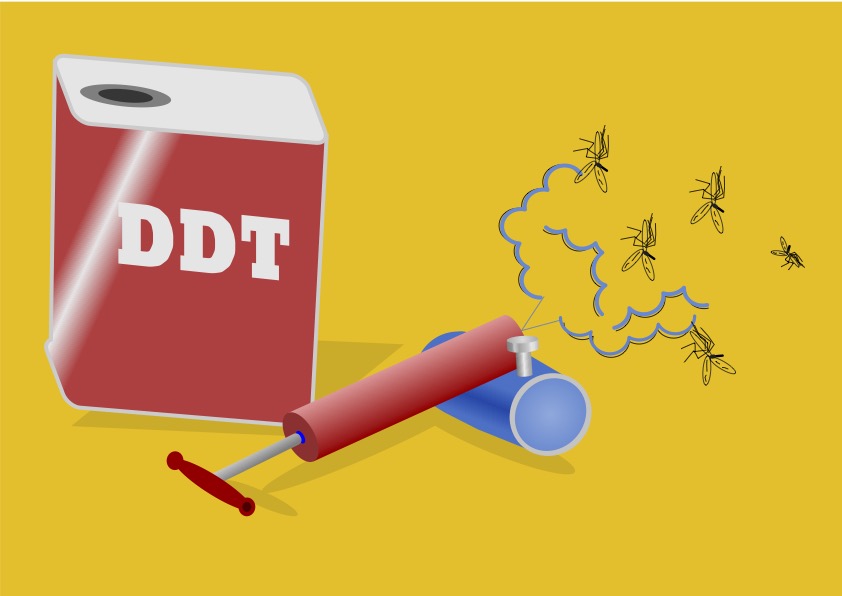
3. Bed Bugs Only Infest Beds
This is a very common misconception due to their name. While bed bugs do tend to prefer beds, they can hide in a wide variety of other places. Their small size and preference for dark places leads them to make their way into upholstery, bags/luggage/purses, dressers, under rugs, along the edging of carpet, inside stuffed animals, on wheelchairs, behind hanging artwork, and even in electrical outlets. 
4. Bed Bugs Have Short Life Spans
While many insects do have shorter life spans and can progress through their entire life cycle over just a few days or weeks, bed bugs live far longer. Bed bugs begin their lives as simple eggs. When undisturbed, the eggs typically have a survival rate of 97% and will hatch between 4 – 12 days (6 – 9 on average) depending on the temperature of the atmosphere. After they’ve hatched, they molt 5 times over roughly 37 days in order to mature into adulthood. As adults, bed bugs typically live between 6-12 months, although in optimal conditions some can live longer. Furthermore, they are also capable of surviving long time periods without indulging in any blood meals, making them very difficult to starve out. 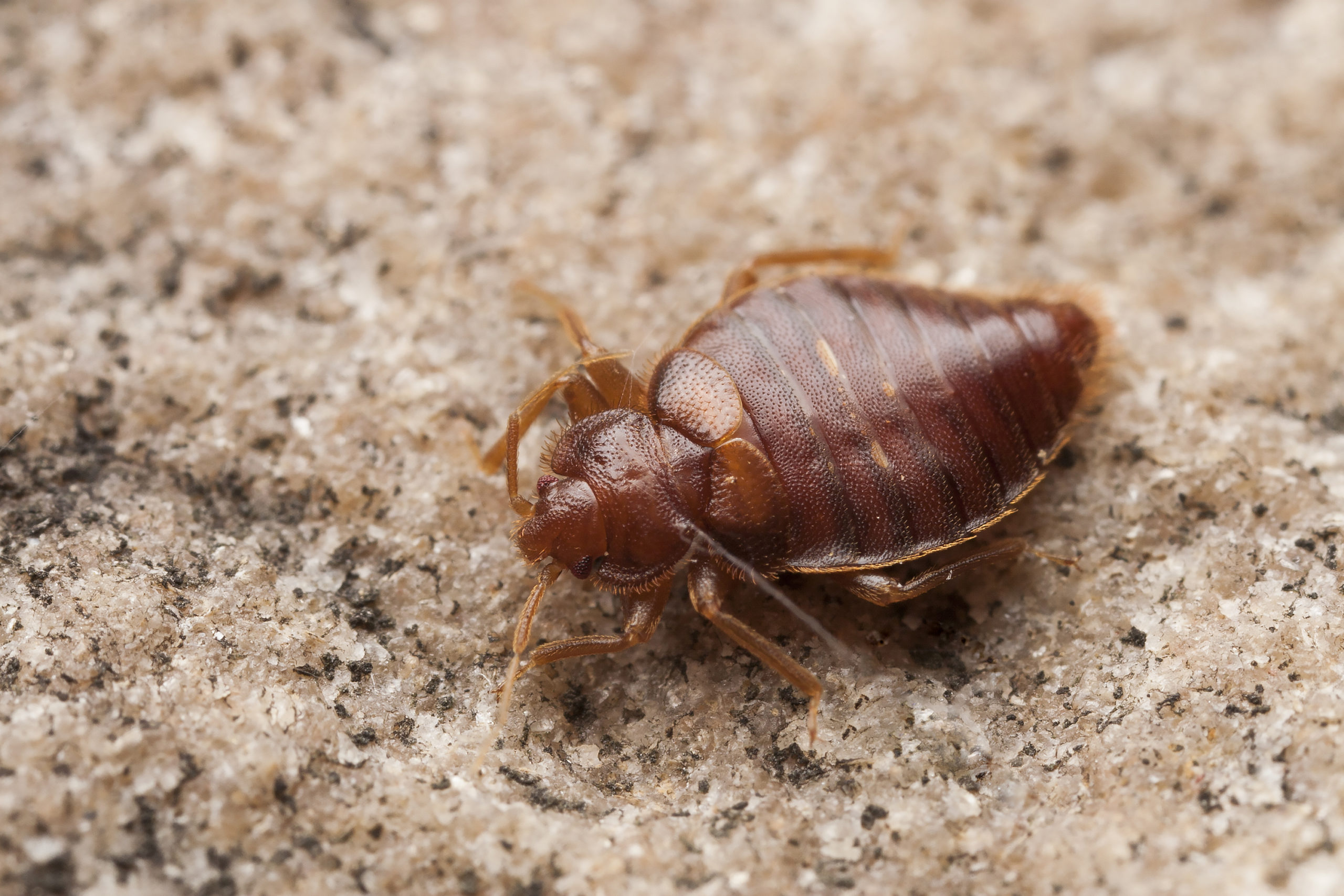
5. Bed Bugs are Too Tiny to See
This myth likely comes from the fact that bed bugs are experts at staying hidden. They prefer small dark places and do their best to remain concealed, especially if an area is brightly lit. Bed bugs measure about 3/16 inches in length, are oval-shaped and flat, making them somewhat resemble small apple seeds. So, it’s typically not a matter of whether you can see them, but if you can find them. 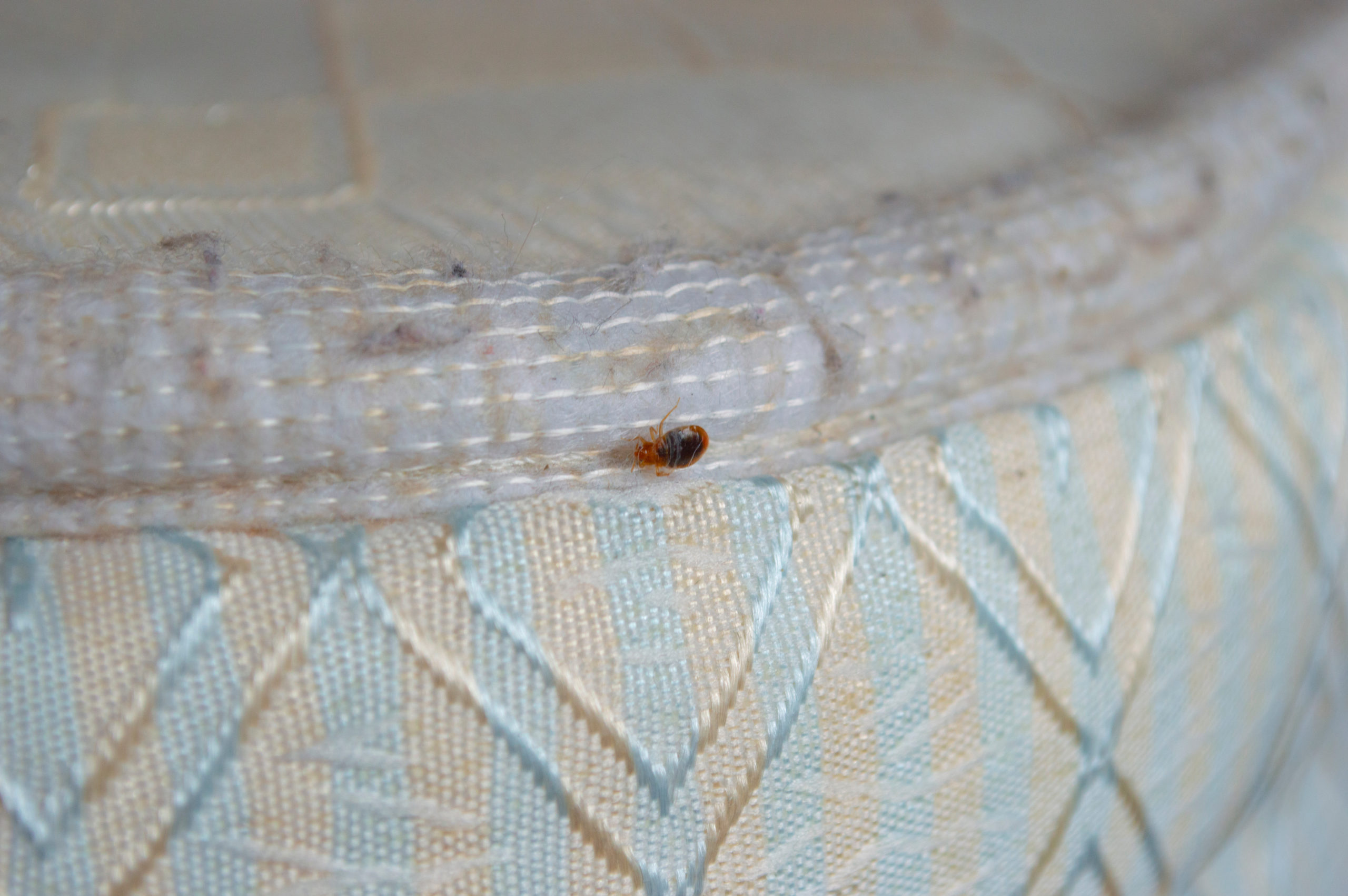
6. Fumigation is the Only Treatment for Bed Bugs
Fumigation is a very intense form of pest control in which an area is blocked off (often ‘tented’) to fill an area with gaseous pesticides to exterminate the harmful pests within. It is a fairly drastic measure and due to this, it is no longer a very common practice and is mostly used for severe drywall termite infestations. With most pest control companies today, bed bugs are treated either with topical chemicals or heat. The chemical treatments typically require a minimum of 2-3 visits to target bed bugs as they mature. This is because chemical treatments are not effective on bedbug eggs. So, while it may appear as though the problem has disappeared once the adults stop biting, it’s only a matter of time before the eggs begin to hatch and the nymphs start searching for their blood meals – hence the multiple treatments. Heat treatments tend to be preferred over chemicals partially because they kill both adult bed bugs and their eggs and typically require only one treatment. This method is also environmentally friendly and does not leave any chemical residue in the treated areas. 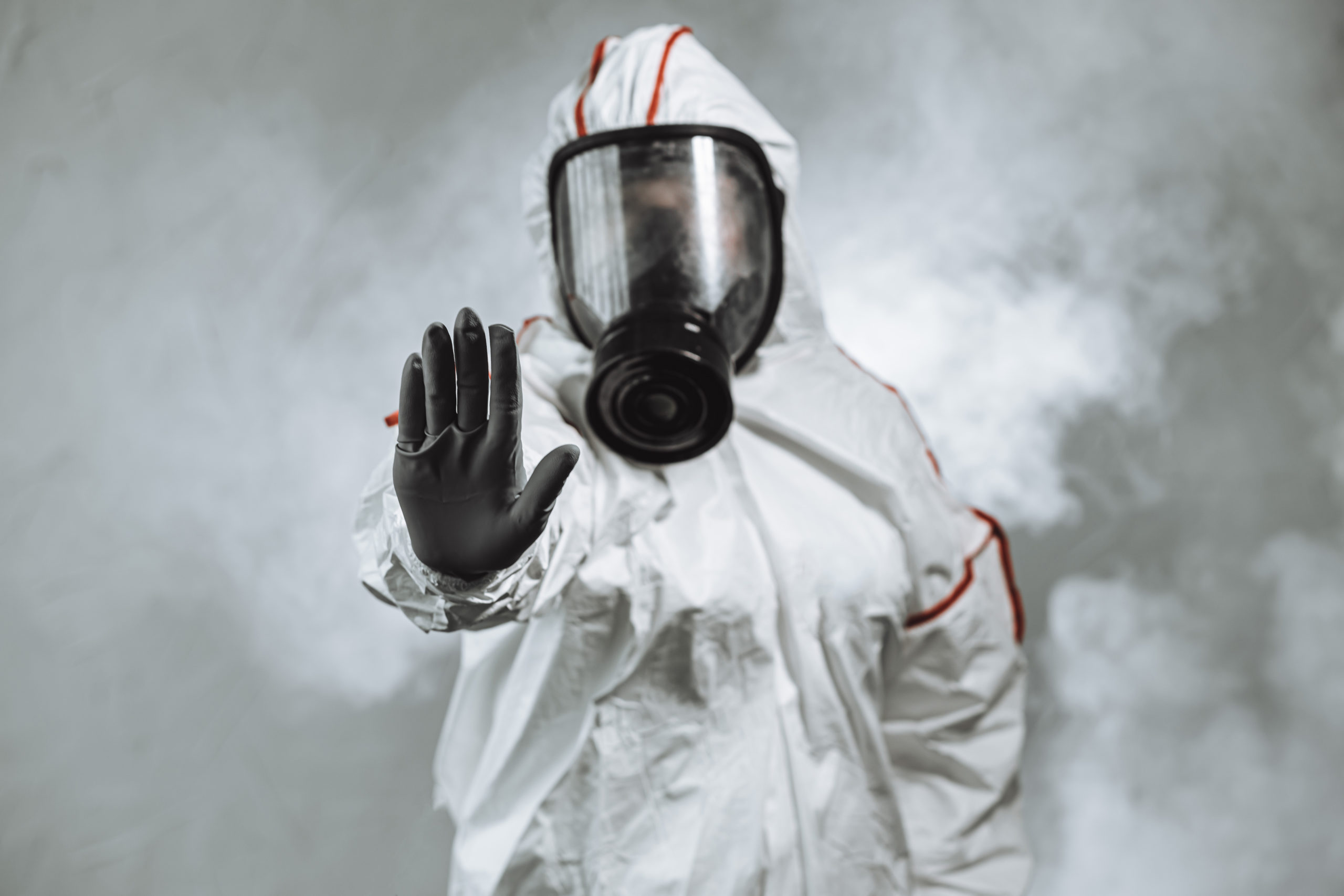
7. Bed Bugs are Harmless
While bed bugs don’t pass diseases from person to person like mosquitos do, this doesn’t mean their bites are completely harmless. Most people respond to bed bug bites simply by having small itchy red bumps, but in rare cases, people may experience adverse reactions including blisters, swollen tongue, fever, nausea, large red sores, or hives. These are typically signs of allergic reactions and if such symptoms occur, it is advisable to seek immediate medical attention. Furthermore, recent research has shown that adverse reactions can begin to occur after receiving repeated bites from bed bugs even if the victim did not have such reactions to begin with. These systemic reactions begin in localized regions prior to spreading out to affect different organs and systems within the body, and can cause lethargy, profuse sweating, chest tightness, respiratory distress, irregular heartbeats, asthma attacks, pruritis (severe itching of the skin), anaphylaxis, and, in rare cases, death. These cases where victims have been bit over months and even years develop reactions that are progressively more severe with subsequent bites, making the chance of a potentially fatal reaction significantly higher. 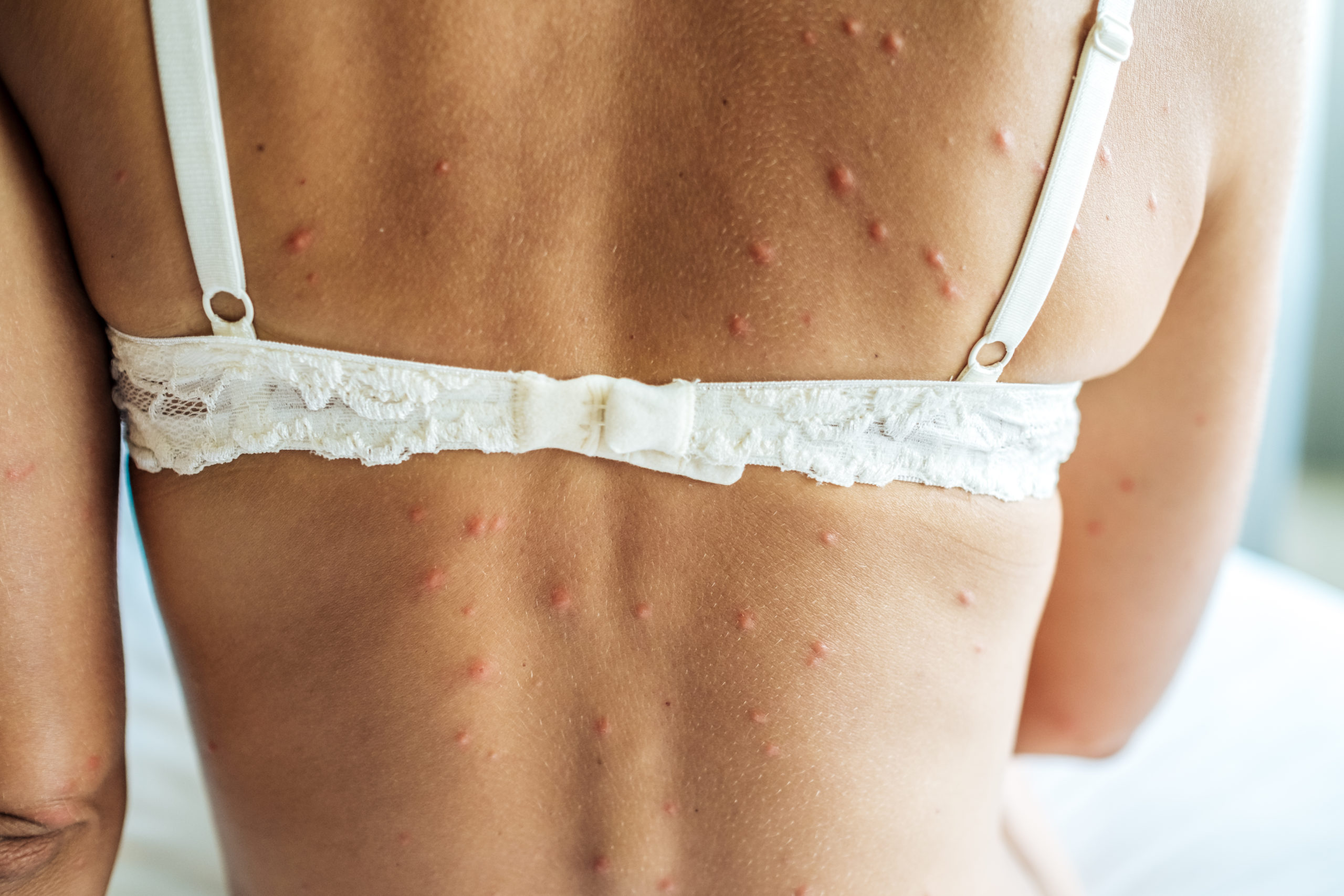
8. There’s Nothing You Can Do to Prevent a Bed Bug Infestation
While it is very difficult to prevent bed bugs, there are a few things you can do to drastically reduce your chances of bringing these bloodsuckers home. The most infamous way in which these hitchhiking pests spread is by public transportation and hotels/motels. As such, a fantastic first step to avoiding potential bed bugs is by checking local and national Bed Bug Reports for any hotels you intend to stay in. These reports will not only inform you if the location ever had an infestation, but they include the dates and sometimes even photographs and room numbers of where the bugs were spotted. Even if your hotel isn’t listed, it doesn’t mean you’re completely in the clear. When you first arrive at your hotel room, inspect your room carefully, even using a flashlight if possible as bedbugs will try to hide in dark areas. Some of the key areas to look include the creases of the mattress (underneath the fitted sheet), the crease between the headboard and mattress, and the cracks and corners inside drawers or closets. During your stay, avoid leaving any clothing or bags directly on the floor and try to instead use tables or luggage racks that will make your bags more difficult to reach. Also, you may be putting yourself at risk by unpacking your clothing into any dressers, so avoiding this when possible can help you stay bed-bug free. Most importantly, if you do find bed bugs, leave! If you’re comfortable with it, you can simply request a room change, or you can change hotels if you prefer the extra safety and peace of mind. But, either way, you shouldn’t pay a hotel to be a victim of parasitic pests and, both morally and sometimes legally, they can’t require you to still pay for the room. If you suspect that your precautions weren’t enough, and you’ve stumbled upon bed bugs. Here are some tips to avoid spreading them back into your life:
- If you are getting back into your car or a taxi, try wrapping your luggage in a garbage bag to reduce the risk of the bugs spreading during transportation.
- If bed bugs were confirmed, it is often the best course of action to toss your luggage. While you may miss out on a bit of an investment, the cost of ridding your entire home of the nasty bloodsuckers is far worse on your wallet, well-being, and sanity.
- If you do not want to keep some infested items, be sure to dispose of them safely, wrap things tightly in bags prior to throwing them away and mark any furniture with clear signs stating they have bed bugs to prevent anyone from potentially taking the “free items” on the curb.
- Leave shoes and any other items that may have been infested outside of your door. Inspect and clean all these items before bringing them back into your home.
- Wash all clothing that may have been exposed in extremely hot water. Or, if the clothes are already clean, try putting them through a hot cycle in the dryer as the heat will kill the bed bugs and their eggs.
- Vacuum frequently after returning home for a few days. If bed bugs did make it into your home, this can scoop them up before they have a chance to find a hiding place and breed.
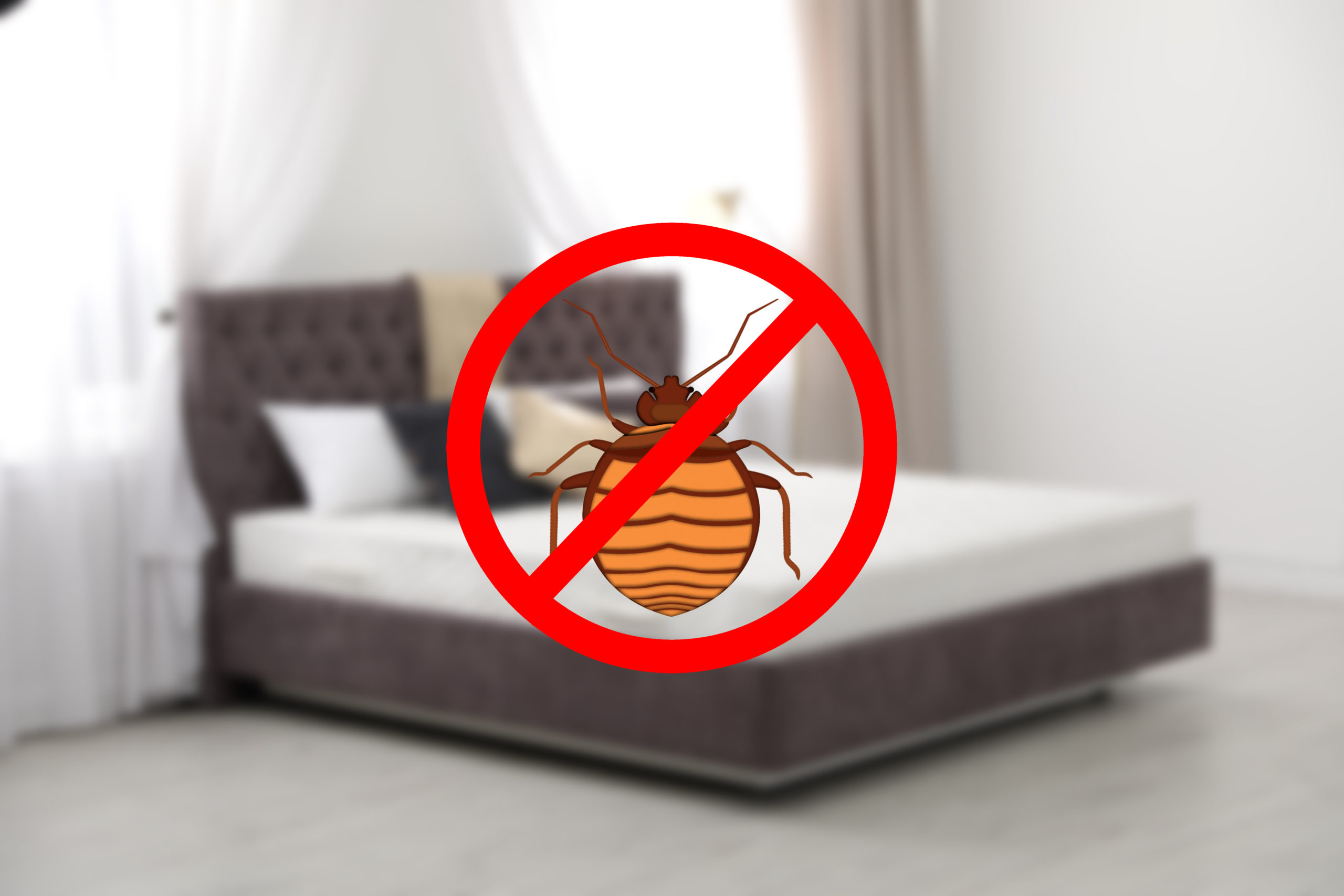
9. Bed Bugs Only Bite at Night
While bed bugs are far more active during the night, they can actually bite at any time. As displayed in their hitchhiking nature and various hiding places, they are opportunistic pests. So, if they have the opportunity to bite, and they’re hungry… 
10. Bed Bugs are Only Found in Large Cities
While it tends to be easier for them to spread in large cities, bed bugs can be found practically anywhere. According to the National Pest Management Association (NPMA) bed bugs have been found in all 50 states with a case distribution of 17% in the Northeast, 20% in the Midwest, 20% in the South, and 19% in the West. 
Citations
Bed Bugs (2017) The Centers for Disease Control and Prevention. U.S. Department of Health and Human Services. Available at: https://www.cdc.gov/dpdx/bedbugs/index.html (Accessed: August 2020). Bed Bugs in America: New Survey Reveals Impact on Everyday Life (2011) PestWorld.org. The National Pest Management Association. Available at: https://www.pestworld.org/news-hub/press-releases/bed-bugs-in-america-new-survey-reveals-impact-on-everyday-life/ (Accessed: September 15, 2021). Brouhard, R. (2020) Systemic Reaction Through the Body, Verywell Health. Edited by M. Menna. Available at: https://www.verywellhealth.com/systemic-reaction-1298693 (Accessed: November 2020). Gannon, M. (2017) Bedbugs: Facts, Bites and Infestation, LiveScience. Available at: https://www.livescience.com/42297-bed-bugs-facts-information.html (Accessed: August 2020). Green, H. (2016) 7 Things You Should Know About Bed Bugs, YouTube. SciShow. Available at: https://www.youtube.com/watch?v=uFk0t9DHu1Q Holland, K. (2019) Everything You Need to Know About Bed Bug Bites, Healthline. Medically reviewed and edited by C. Cobb, DNP, APRN, WHNP-BC. Available at: https://www.healthline.com/health/bed-bug-bites#pets (Accessed: September 2020). Huizen, J. (2020) Bed Bug Bites: What You Need to Know, Medical News Today. Medically reviewed and edited by D. Sullivan, Ph. D., MSN, R.N., CNE, COI. Healthline Media. Available at: https://www.medicalnewstoday.com/articles/318083#control (Accessed: September 2020). Mayo Clinic Staff (2019) Bedbugs, Mayo Clinic. The Mayo Foundation for Medical Education and Research. Available at: https://www.mayoclinic.org/diseases-conditions/bedbugs/symptoms-causes/syc-20370001 (Accessed: September 2020). Miller, D. M. and Polanco, A. (no date) Bed Bug Biology and Behavior, The Department of Entomology at Virginia Tech. Virginia Department of Agriculture and Consumer Services. Available at: http://www.vdacs.virginia.gov/pdf/bb-biology1.pdf (Accessed: August 2020). Study: Bites Can Induce Potentially Deadly Systemic Reactions (2017) Pest Control Technology. Available at: https://www.pctonline.com/article/study-bites-can-induce-potentially-deadly-systemic-reactions/ (Accessed: November 2020).
Request a Free Quote Today
(We do not share your data with anybody, and only use it for its intended purpose)
